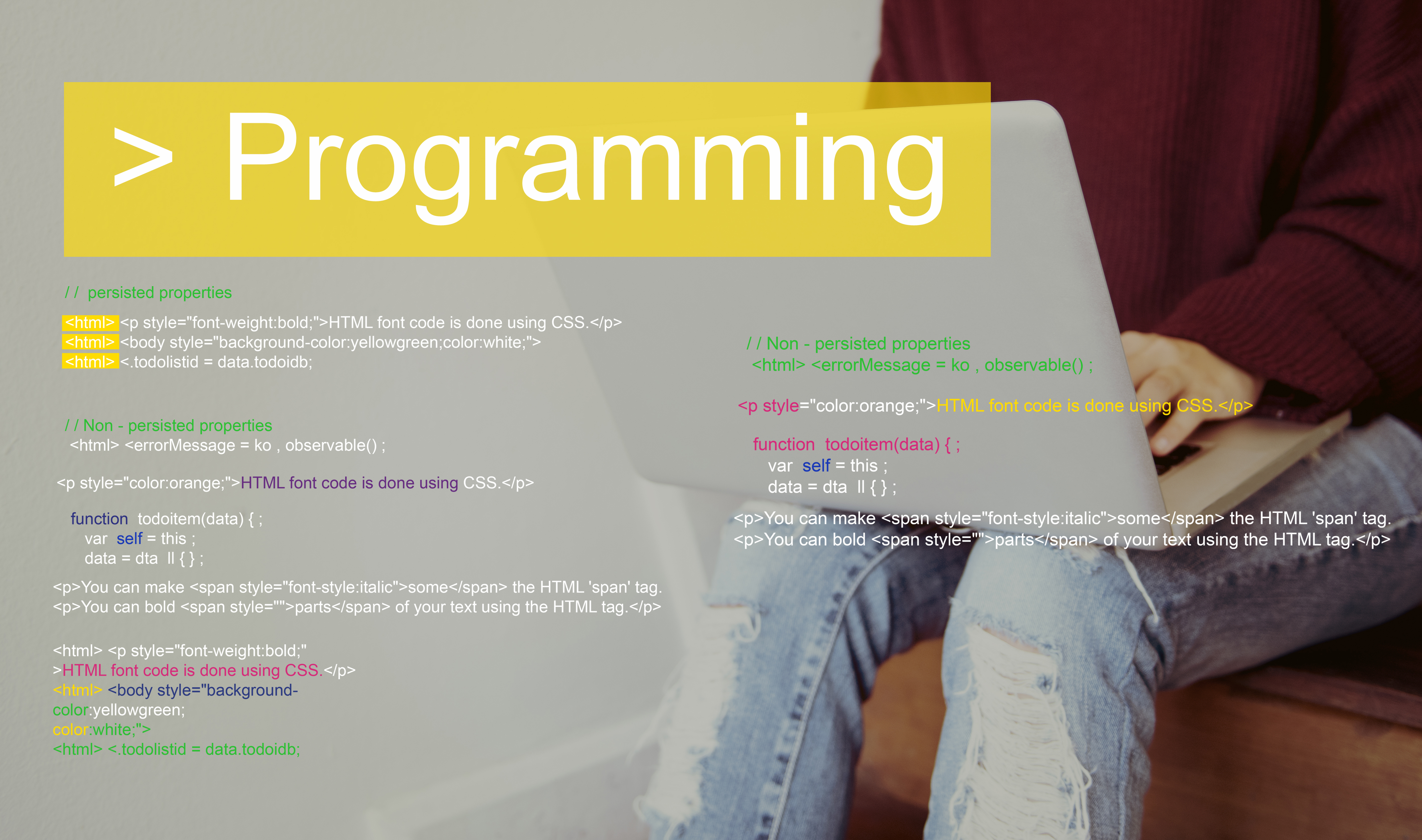In this post, we’ll talk about the top 10 Python packages and libraries you definitely cannot miss.
What’s wonderful is that these Python packages and libraries are all open-source and free to use for everyone!
Also, if you were to get stuck somewhere, you can ask anything to Python’s robust community and get your query solved in no time! Now, let’s see where you can begin!
| How does a Python library make my life easier?
|
1. Numpy
Numpy stands for Numerical Python. There is no better Python library to start with as Numpy is used internally by many other Python packages themselves.
How can Numpy help me?
Numpy is great for scientific and numerical calculations. It has built-in functions for financial, indexing, linear algebra, math functions, polynomials and statistics.
As such, you save a lot of time. Numpy also saves memory by storing large amounts of data while taking up less space than Python. It does this by the use of arrays. Arrays are tables of elements (usually numbers) of the same type.
You can think of Numpy as the math library of Python.
2. Pandas
Panda is short for Python Data Analysis Library. Its roots are found in a term from econometrics called Panel Data. Pandas have many data manipulation tools built on top of Numpy.
Why should I wake up the Pandas?
Pandas give you a set of tools for Data Analysis. You can load, prepare, join, merge, manipulate and analyze data using pandas. Pandas have a powerful set of features that let you explore your data more thoroughly.
One of the strong attributes of Panda is how beautifully it represents data. You can filter data according to your needs, clean and handle missing data without writing lines of code in Python.
|
Who is using Pandas?
|
3. Scipy
Scipy is used for scientific computations. It builds on Numpy’s abilities and uses its arrays to perform advanced mathematical operations.
Basically, if you need to use linear algebra, calculus, differential equations, signal and image processing, Scipy is the way to go!
4. Matplotlib
Data makes more sense once visualized. Not only does it add to the aesthetics but also makes reading, comparing and drawing inferences easier. Matplotlib is the ultimate Python library to help visualize your data.
There are a few basics when it comes to using Matplotlib:
- Figure: This is the canvas or window on which everything is drawn
- Axes: Axes are added to a figure as the area where data is plotted
- Artist: All objects part of the package are artists.
Matplotlib helps to create line plots, scatter plots, candlestick plots, histograms, bar graphs, customize and annotate graphs.
5. Seaborn
It only makes sense to talk about Seaborn after Matplotlib. Seaborn is another Python library for Data Visualization. It’s just a more advanced interface for drawing statistical graphics.
Seaborn is built on top of Matplotlib and improves on many features of the same. It has built-in themes which add to the aesthetics of the graphs and the color scheme not only makes your data interpretation look good but also easy to distinguish and analyze.
6. Scikit learn
Scikit learn is used in Machine Learning. You should not use it for exploring or analyzing data. It focuses on Machine Learning and features many regression, classification, clustering and dimensionality reduction algorithms.
It supports many algorithms, some of which we discussed previously like random forests, SVM and k-means.
Scikit learn is used to build models and is built on Numpy, Scipy, Matplotlib and Panda. Scikit learn is your savior if you use decision trees to predict demand or success rate in your businesses.
7. Scikit image
Ever wondered how the interesting Snapchat and Instagram filters work?
You’re not alone!
These filters are created using a number of Python libraries including Numpy and Scikit Image. Scikit image swims in the deep learning zone. Scikit image uses Numpy arrays for image manipulation. In fact, Scikit images can do a lot with images!
Right from grey-scaling, contouring, geometric transformation and of course filtering, Scikit image is a one-stop solution for image processing.
8. Tensorflow
To understand Tensorflow, you need a bit of context. Tensorflow was developed by Google and can be best understood knowing how it fits in Google.
Google has unarguably all the data in the world. It didn’t take them long to realize that Deep Learning and neural networks could be used to scale these reserves of data.
This is how they came up with Tensorflow, which allows them to predict google searches, manage Gmail and use google image searches more effectively.
| So how does Tensorflow work?
|
9. Keras
Keras is a Python library for Deep Learning. Keras is a bit more advanced than Tensorflow but is much simpler to learn. In fact, ease of use is one of the reasons of development of Keras.
As businesses rush into Deep Learning, Keras provides a platform to test and build deep learning applications with least considerable efforts. As such, Keras is a growing favorite of Google, Microsoft, Uber and Apple.
How Keras cuts on time?
Keras does not perform its own low level operations. It uses back-end engines like Tensorflow for that.
10. OpenCV
To understand our last Python package of the day, you have to know what is Computer Vision.
Computer vision uses Machine Learning to identify and recognize patterns from images. Now coming to OpenCV, it stands for Open Source Computer Vision Library.
Simply put, OpenCV is a Python library used for reading and writing images, detection of faces and features, detection of shapes in an image, text recognition in images, modifying image quality and colors, developing augmented reality apps and a whole lot of other things!
It was developed to capture, analyze and manipulate visual data. OpenCV is how machines read license plates from pictures and modify images on Instagram and CamScanner.
This brings us to an end to our top 10 Python packages and libraries.
Although the landscape is changing quickly, you can always rely on these building blocks of Python to ensure your place in the world of Data Science.
We couldn’t stop ourselves from collating a few honorable mentions in this category. Even though they didn’t feature in our top 10, they have earned enough applause!
Python Packages: An honorable mention!
 Pillow
Pillow
If you’re building your application using Python and need image processing features, Pillow is another option for you! It is an improvised and evolved Pil or Python Imaging Library.
Pillow comes in handy when you need to change image file type or crop, rotate, flip or draw on images.
You must have seen images available on the internet with the watermark of the proprietor. Imposing another image (watermark) on your main image is another capability of this Python package.
| OpenCV or Pillow?
OpenCV goes the extra mile to provide tools to work with videos, feature extraction and machine learning techniques. Pillow is the way to go if you need only image processing functions and want to use something light. |
 Surprise
Surprise
Remember how we spoke about online businesses recommending products using some Python package? Surprise is another Python library used in recommendation systems.
These systems use your past purchases to suggest newer options. Let’s talk about two approaches used in recommendation systems.
Content-based recommendations
All characteristics of your purchased/ ranked products are fit into a model and run on a list of other products to find similarities. Similar products are then suggested by these systems.
However, a better and Surprise based approach is-
Collaborative-Filtering recommendations
Here users are grouped together based on their similarities into baskets. These users are then recommended products popularly purchased by other basket members! Surprise optimizes data and predicts suggestions based on collaborative-filtering.
We promise this is the end of our list!
We hope you have learned a lot about the practical applications of Python’s libraries and packages and are excited to explore this space further!
If you have taken a shot at any of these, let us know in our comments section.



 Pandas are used for understanding trends in economics. Pandas are also used for recommendations to users.
Pandas are used for understanding trends in economics. Pandas are also used for recommendations to users.  Think of Tensorflow as a flowchart of operations. Input fed to it is in the form of multi-dimensional arrays. This input goes through a series of operations or functions to yield the output.
Think of Tensorflow as a flowchart of operations. Input fed to it is in the form of multi-dimensional arrays. This input goes through a series of operations or functions to yield the output.  Both OpenCV and Pillow are great for image processing.
Both OpenCV and Pillow are great for image processing.




1 comment